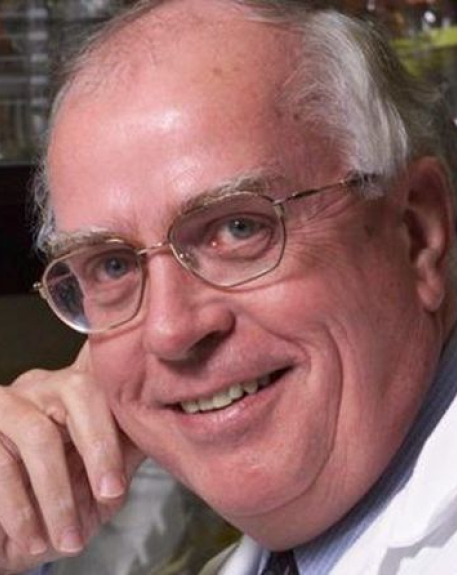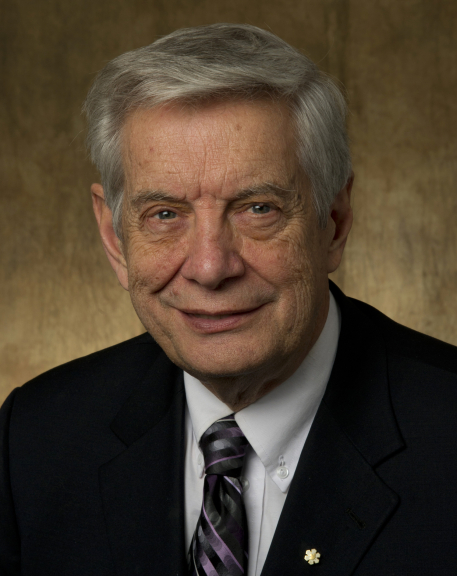1997 INDUCTEE Pierre Masson, MD Cells, Genetics & Genomics, Health and Medical Education & Training
November 12, 1880
(Dijon, France)
May 11, 1959
MD, University of Paris; Pasteur Institute (1909)
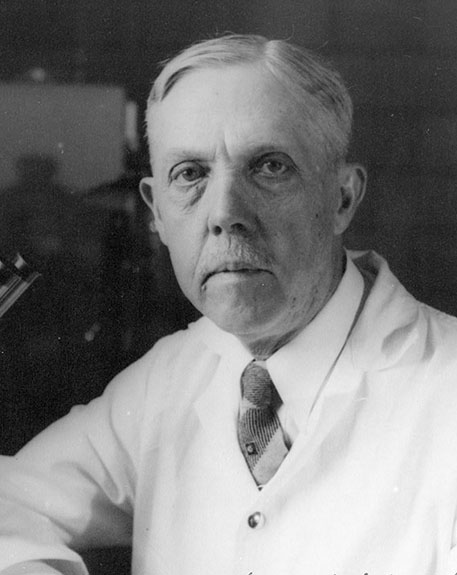
Became one of Canada’s most distinguished histopathologists of his generation
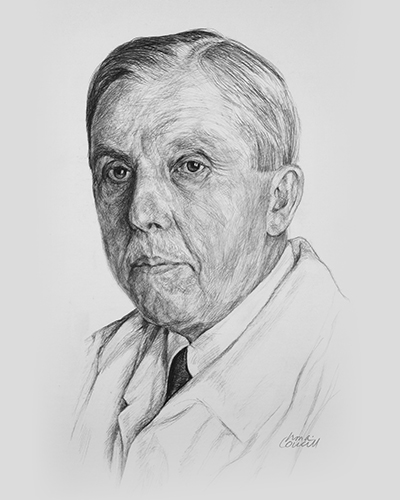
An innovator and the father of histopathology education in Canada
Dr. Charles L. Pierre Masson pioneered revolutionary processes in histology and created one of the most brilliant schools of pathology of the 20th century. He was best known for his pioneering investigations of tumours of the brain and nervous system and for his histological techniques, such as the trichrome stain. Of particular importance was his work with the nervous system of the neuro-nevi, nerve lesions of the appendix and studies of specific types of brain tumours. He remained a modest man, completely devoted to histological research and the pursuit of improving, inventing and performing his laboratory techniques.
Key Facts
Gained international recognition for his ground breaking investigations of the brain and nervous system
Was the first to describe the concept of neurocrine secretion, which led to modern neuroendocrinology
The “Masson trichrome stain” became the standard in all pathology laboratories
Published over 120 important scientific articles, in addition to his seminal textbook
Professional timeline
Impact on lives today
Dr. Masson died in 1959, but his influence persists in the respected legacy of scientific originality he leaves behind, and in his innovative interpretations of lesions and tumours based on remarkably precise histological sections. For example, his work on fixation, colouration and argentation are important methods still in use today. Throughout his career, Dr. Masson gave pathology a new vitality that undoubtedly permeates through the generations of scientists touched by his mentorship.
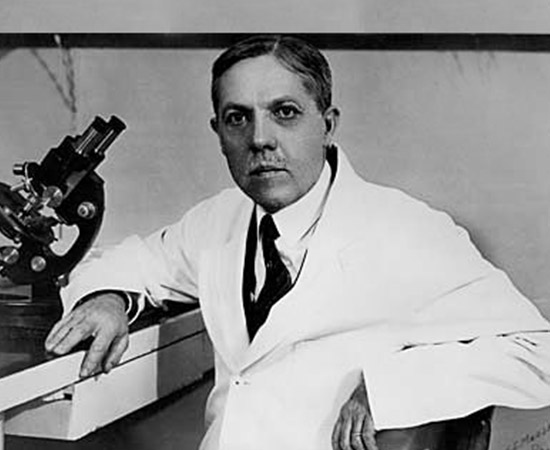
1997
-
Pierre Masson posthumously inducted into the Canadian Medical Hall of Fame
London, Ontario
-
Dr. Masson remained chair of the Department of Pathology for nearly three decades until his retirement in 1954
Leadership in Organizational Development, Health and Medical Education & TrainingHe was a mentor of numerous young graduates who, upon his recommendation, were accepted in leading medical schools in North America and Europe.
-

Dr. Pierre Masson was invited by the Université de Montréal to be Chair of the Department of Pathology
Health and Medical Education & Training, Leadership in Organizational DevelopmentOnce in Montreal, he developed a new curriculum for the teaching of pathology and reorganized the pathology laboratories at the Notre-Dame, Hôtel-Dieu and Ste-Justine hospitals.
-
Dr. Pierre Masson's early research led to the publication of his classic text "Les Tumeurs Humaines"
Cells, Genetics & GenomicsThe book was considered an influential manuscript at the time and included his original histopathological methods, and his many important scientific findings in the field.
-
Dr. Masson gained a reputation for his expert skill and proficient methodology in histology and pathology
Despite his youthful age and inexperience, he was offered the Chair of Pathology at the University of Strasbourg.
-
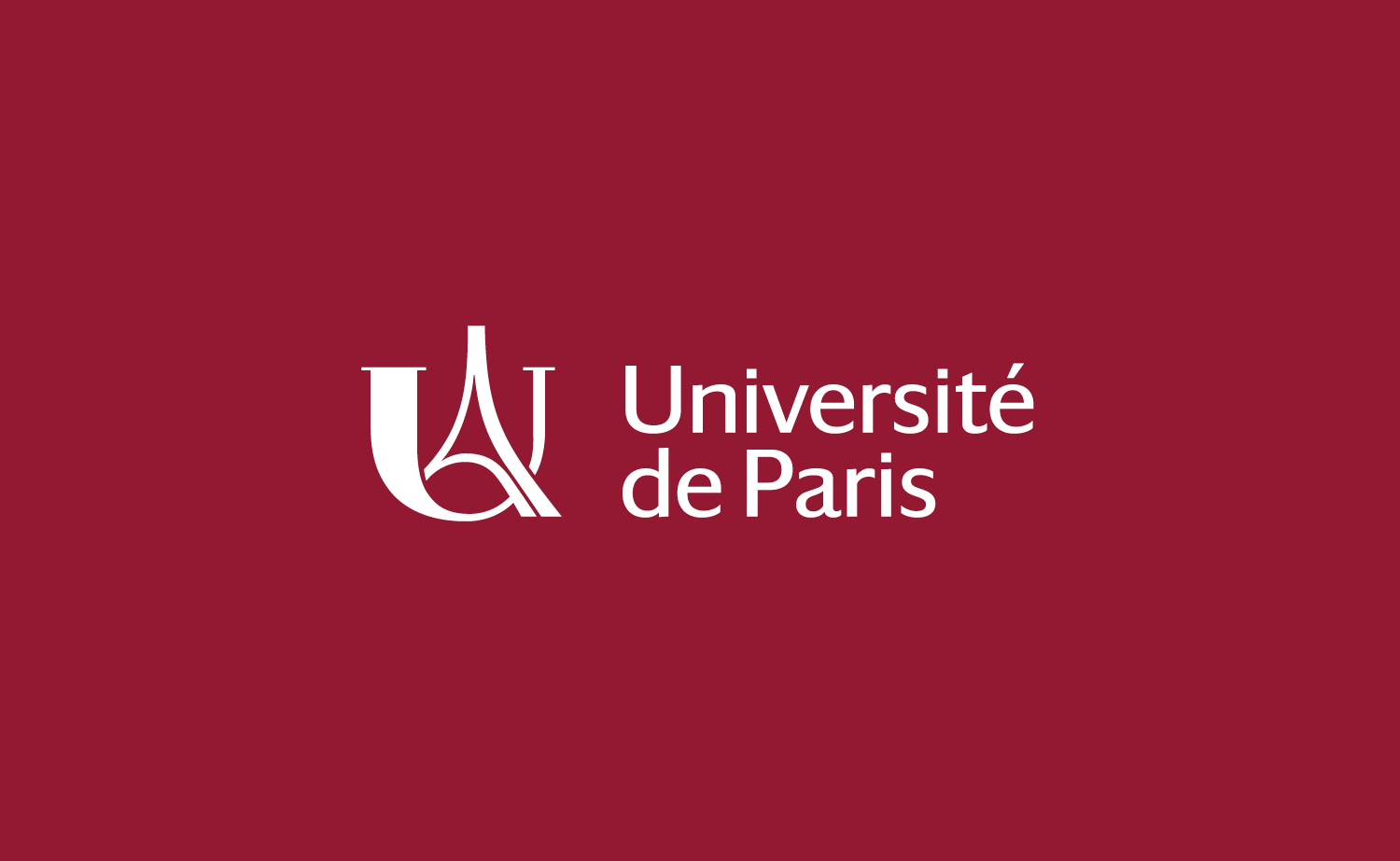
Deciding on a medical career at a young age, Dr. Pierre Masson received his MD from the University of Paris in 1909
He continued his studies at the Pasteur Institute in Paris between 1909 and 1914.
1909
He had insights into processes that only his brilliance could make possible.

